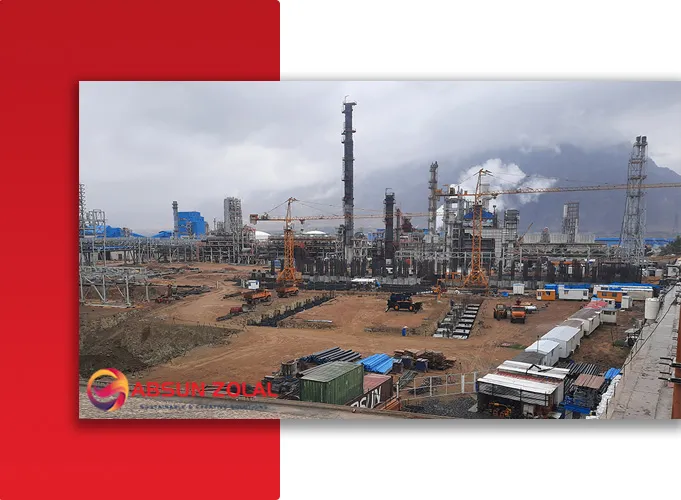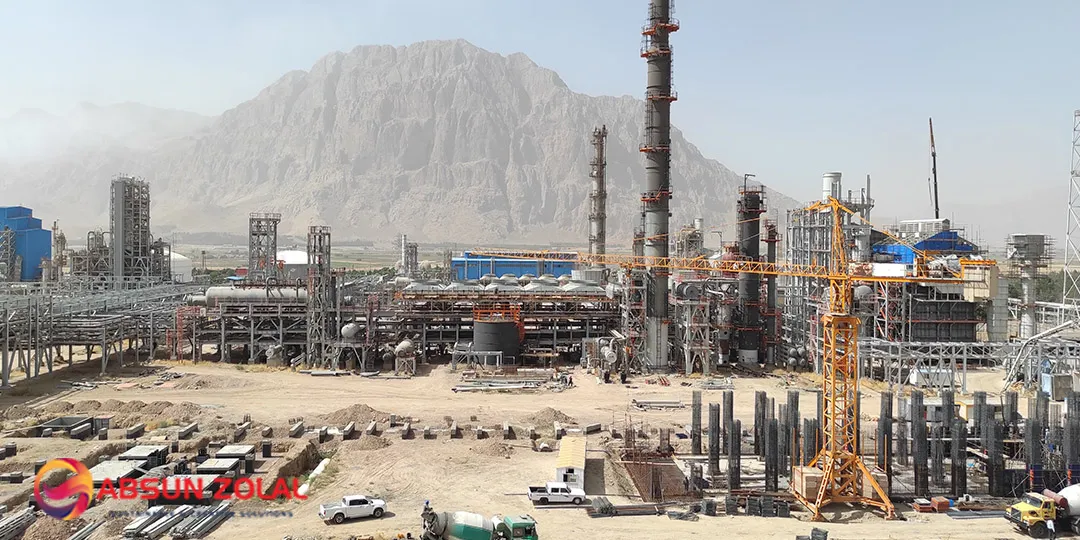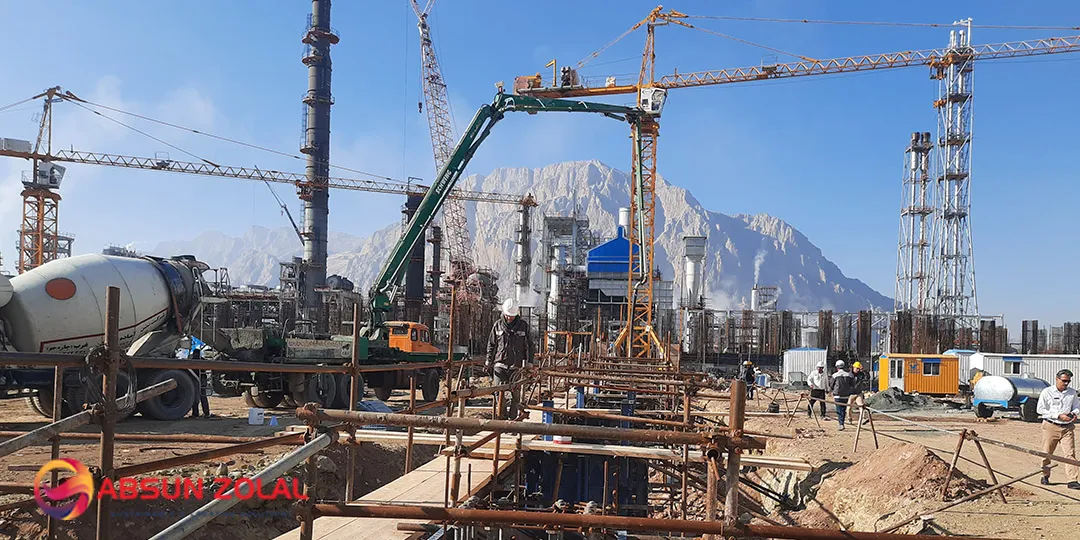Kermanshah Petrochemical Co.


- Subjrct: Wastewater Treatment and Reuse By ZLD & Water Treatment
- Capacity: 16,800m3/day
- source of water: River
- source of wastewater: Kermanshah Petrochemical Plant Process Reject (Urea & Ammonia)
- Target: Industrial Water Production and Zero Liquid Discharge
- Location: Kermanshah
Selected photos
About project
Kermanshah petrochemical wastewater treatment plant includes two general sections, 1- oily and ammonia wastewater treatment unit and 2- non-oily wastewater treatment unit.
Various wastewaters from petrochemical bypass networks enter the wastewater treatment department and are transferred to the relevant department for treatment according to its quality. Using the latest technologies, the wastewater treatment plant provides the possibility of water purification and recycling, and as a result, it has reduced the consumption of raw water and also eliminated liquid wastewater from petrochemicals.
The most important challenge of this wastewater treatment unit is the removal of ammonia with a high concentration (it is not possible to remove ammonia with this concentration using conventional methods) from the oily ammonia wastewater, which will be solved with the help of Anammox biological method for the first time in Iran. became.
The incoming wastewater to the non-oily wastewater treatment department is received from six different sources. The main challenge ahead in this unit is the difference in the pollution load of these effluents as well as the discontinuity of the incoming streams, which by examining the quality of the incoming streams and the very high pollution load in some streams, different treatment processes are considered in this unit. has been taken In this unit, the most advanced reverse osmosis technologies – High TDS Reverse osmosis system and Ultra-High Pressure Reverse osmosis system – have been used, and finally the concentrated flow from reverse osmosis systems is purified with the help of the evaporator unit using the ZLD method.






